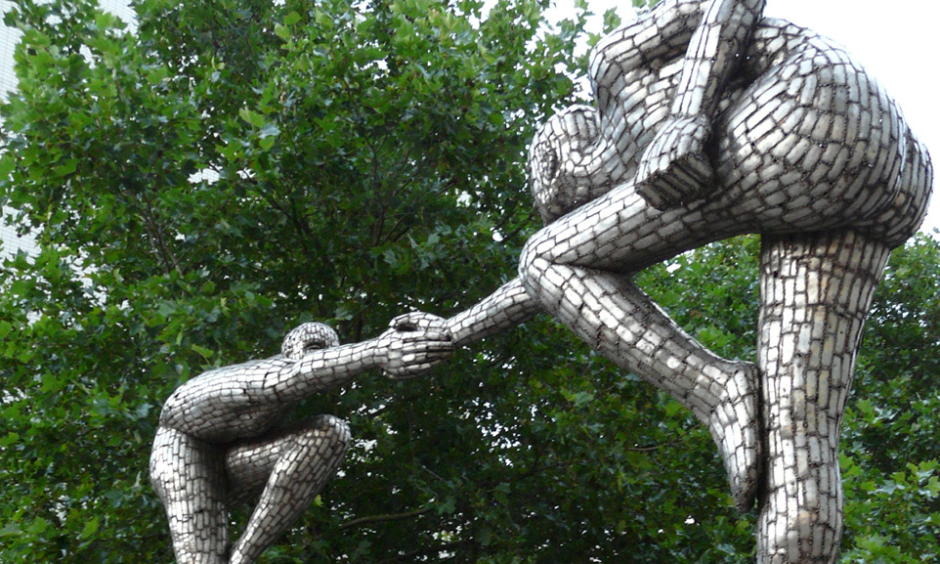Abstract
Aim/Background: Despite much research on the psychosocial impact of adult strabismus, some employing standardised measures, coping seems poorly delineated. This study aimed to: 1. document problems and their related coping strategies; 2. examine the relevance of a quality of life standardised measure (WHOQOL-BREF).
Methods: A content analysis on structured interview data from 75 individuals was undertaken using the questionnaire items in the four domains of the WHOQOL-BREF as an explicit coding structure. Coping strategies were categorised into three types: 1. adjustment, 2. avoidance, 3. deflection.
Results: Participant data coded reasonably well in all but the social relationships domain. Only women with an exotropic strabismus recorded problems in the psychological domain. Individuals with cosmesis had significantly more items in the social domain, including bullying and name-calling; while individuals with diplopia reported significantly more physical difficulties (p< .001). Individuals with cosmesis used deflection significantly more than those with diplopia (p<.038). Patterns of deflection and adjustment significantly varied within WHOQOL-BREF domains (p<.037).
Conclusions: If the aim is to understand and support adult strabismus, then these data indicate a need for strabismus-specific measures of psychosocial impact and adjustment, and more specifically a move away from the current adaptive/maladaptive taxonomy of coping strategies.
Please view the full content in the pdf above.






![EMJ Gastroenterology 11 [Supplement 3] 2022 Feature Image](https://www.emjreviews.com/wp-content/uploads/2022/07/EMJ-Gastroenterology-11-Supplement-3-2022-Feature-Image-610x366.png)


